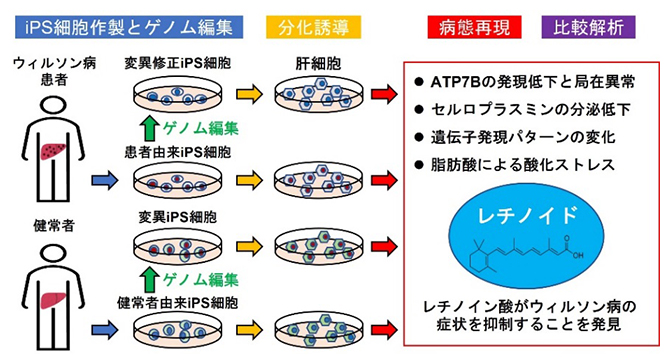2022-09-15 ミシガン大学

その結果、心臓発作を起こし、歯周病のメンテナンスケアを受けた患者は、入院期間が最も短く、フォローアップの受診回数も多かったことがわかった。最も在院日数が長かったのは、歯周病ケアなし群だった。
その他のグループ(積極的な歯周病ケアと定期的なケア)については、ケアなしグループと比較して、統計的に有意な差はなかった。
歯周病治療と心臓発作による入院、および急性期治療後30日間のフォローアップ受診の関連を調べたいと考えMarketScanデータベースを用いて、研究基準に適合する2,370人の患者を発見した。そのうち47%が定期的またはその他の口腔ケアを受けており、7%が積極的な歯周ケア(ルートプレーニングと歯周スケーリング)、10%が管理された歯周ケア(メンテナンス)を受けていた。36%以上が、心臓発作で入院する前に口腔ケアを受けていなかった。
<関連情報>
- https://news.umich.edu/people-who-receive-periodontal-care-have-better-outcomes-after-heart-attack/
- https://jada.ada.org/article/S0002-8177(22)00087-3/fulltext
歯周病治療と急性心筋梗塞による入院の関連性 Association between periodontal care and hospitalization with acute myocardial infarction
Romesh P. Nalliah, Tanima Basu, Chiang-Hua Chang
Journal of the American Dental Association Published:April 19, 2022 DOI:https://doi.org/10.1016/j.adaj.2022.02.003
Abstract
Background
Each year there are 800,000 myocardial infarctions in the United States. There is an increased risk of hospitalization for acute myocardial infarction (AMI) for those with periodontal disease. Yet, there is a paucity of knowledge about downstream care of AMI and how this varies with periodontal care status. The authors’ aim was to examine the association between periodontal care and AMI hospitalization and 30 days after acute care.
Methods
Using the MarketScan database, the authors conducted a retrospective cohort study among patients with both dental insurance and medical insurance in 2016 through 2018 who were hospitalized for AMI in 2017.
Results
There were 2,370 patients who had dental and medical coverage for 2016 through 2018 and received oral health care in 2016 through 2017 and had an AMI hospitalization in 2017. Forty-seven percent received regular or other oral health care, 7% received active periodontal care, and 10% received controlled periodontal care. More than one-third of patients (36%) did not have oral health care before the AMI hospitalization. After adjusting for patient characteristics, we found that patients in the controlled periodontal care group were significantly more likely to have visits during the 30 days after AMI hospitalization (adjusted odds ratio, 1.63; 95% CI, 1.07 to 2.47; P = .02).
Conclusions
We found that periodontal care was associated with more after AMI visits. This suggests that there is a benefit to incorporating oral health care and medical care to improve AMI outcomes.
Practical Implications
Needing periodontal care is associated with more favorable outcomes related to AMI hospitalization. Early intervention to ensure stable periodontal health in patients with risk factors for AMI could reduce downstream hospital resource use.

